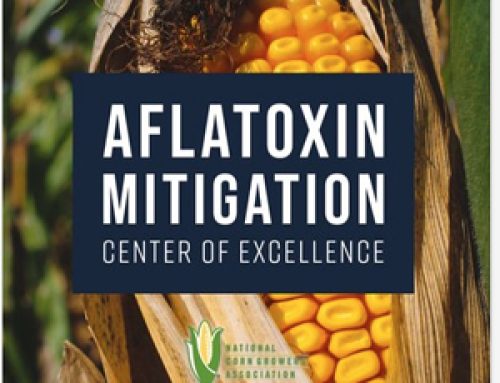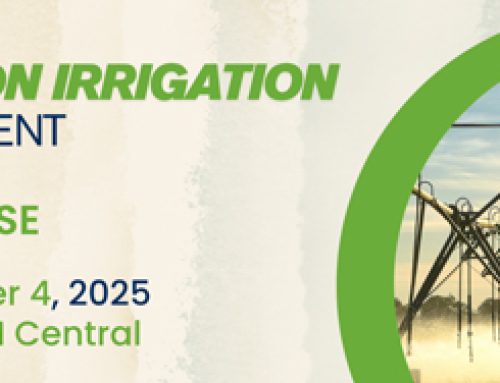by Rabail Chandio, Iowa State Extension Economist
 |
|---|
| Rabail Chandio |
A decade ago, the land market was characterized by falling commodity prices, softening land values, and low sales activity. The market was recovering from a multi-year correction following the ethanol-fueled 2011-2013 price surge. Auction volumes had been cut nearly in half, and farmland supply appeared “tight” in both absolute and relative terms. (See the Ag Decision Maker article from October 2016.
Nearly a decade later, Iowa’s farmland market tells a similar story marked by resilience, cyclical adjustment, and evolving liquidity patterns. Farm incomes are falling, and regions more concentrated in crop production are facing greater stress compared to areas with a stronger livestock presence or more diversified agriculture (Federal Reserve Bank of Kansas City). Farm bankruptcies, which had been less than 1% for the past few years, are on the rise again (Federal Reserve Bank of Kansas City).
Because farmland values reflect the discounted stream of future income generated from agricultural production, they remain a reliable barometer of the sector’s overall health. In Iowa, this relationship is especially direct. The state’s relatively uniform crop mix creates a much closer link between farmland values and the broader agricultural economy than in states with more diverse production portfolios.
To examine how these dynamics have evolved, this article draws on several complementary data sources. It uses sales transaction data provided by Growers Edge, the quarterly Iowa auctions report published by Iowa Land Company, and the Land Talk Monthly newsletter, by Iowa Appraisal for data on acres transacted in Iowa.
It also incorporates the Iowa State University Land Value Survey, for both the Sales Activity Index and the annual changes in average land values. Because 2025 is still ongoing, data for the most recent quarters (and in some cases late 2024) may still be subject to reporting lags, meaning the trends discussed here should be interpreted as indicative rather than final.
Figure 1a shows the total number of farmland transactions across Iowa over the past six years, plotted alongside statewide land values over the same period. As land values, supported by elevated commodity prices, climbed to record highs in recent years, transaction activity followed suit.
Annual farmland transactions exceeded 2,000 in 2021, 2022, and 2023, marking a period of notably high market activity. In relative terms, when viewed over a longer historical horizon, the early 2020s were among the more active years for farmland transfers in the state, with the change in sales activity being comparable to that observed during the 2011-2013 boom.
As shown in Figure 1b, farmland turnover increased substantially in recent years in terms of acres transacted as well, with more than 100,000 acres sold in 2022 compared to about 50,000 acres in 2020. While the growth in the number of transactions (shown in Figure 1a) clearly signals greater market activity, Figure 1b also emphasizes the scale of land changing hands.
Even in relatively slower years such as 2019, 2020, and now 2024, the total acres sold have remained around 50,000 to 60,000. Similarly, preliminary data from the first three quarters of 2025 suggest a comparable pace. This persistence indicates that, even when the broader market slows, a consistent underlying volume of farmland continues to circulate each year through estate settlements, family transfers, and other purchases.
 |
|---|
To view the complete report, click here.




